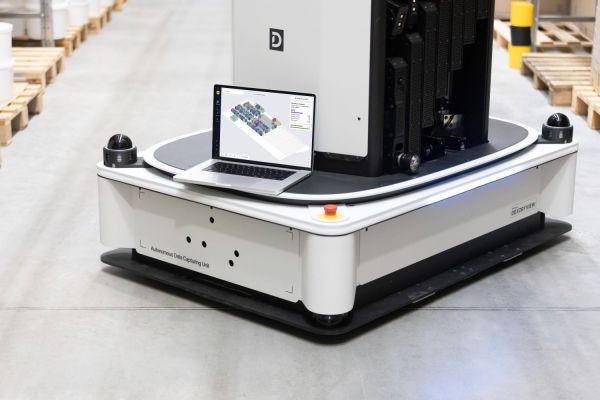For some time now, small and medium-sized enterprises have been taking steps to adapt to technological changes and improve their competitiveness. This is the conclusion of a study carried out by the National Observatory of Technology and Society which highlights that 78% of SMEs have an internet connection, 40% use social networks for commercial purposes, and 25% implement e-commerce.
Spain outperforms the European average in digitalisation of small businesses, according to the European Commission’s Digital Economy and Society Index 2022. However, although the digitalisation of SMEs also presents risks, such as cyberattacks, it opens up new business opportunities, such as the possibility of collecting customer information and using it to make decisions.
In this regard, six tips have been grouped together that SMEs should follow to achieve successful digitalisation by 2023. These are key aspects such as personalisation of the shopping experience, data mining or even the management of the Digital Kit.
A boost to SME digitalisation
2022 was marked by the expectations of the Digital Kit, the digital aid programme for the self-employed and companies with fewer than 50 employees, with a budget of 3 billion euros, coming from the Next-Generation funds of the European Union.
In this context, SMEs that have applied for the Digital Kit should focus their services on implementing digital marketing strategies, mainly on the creation of websites. With more than 100,000 applications processed, 2023 is expected to be a real boom in SME digitalisation. This aid package is an important boost to the digitalisation of small businesses, measures that will also lead to improvements in other aspects that all SMEs need to improve, which are key to their survival.
Improving cybersecurity
Cybersecurity is an emerging concern for all companies, regardless of size. With the growth of connectivity, businesses have increased their exposure to cyber-attacks. As Google reports, 60% of European SMEs that suffer cyber-attacks go out of business within six months. In addition, each attack has an average cost of around €30,000.
The most aggressive and common attack is malware, malicious software that alters computer systems with the aim of extracting data. Fraud and identity theft are also common. Here, protection is a crucial pillar in the digitalisation process of SMEs, as the lack of mechanisms makes equipment more vulnerable.
Protection against cyberattacks not only prevents the loss of information and money for SMEs, but also improves image and builds consumer confidence. The choice of the most appropriate solution will depend on the characteristics of each company, the number of employees and the services they offer.
Businesses’ leap into data mining
Data mining makes internal information on processes and activities available for business expansion. Companies put their own data to work to segment it and increase their profitability. This function is coming to SMEs thanks to specific digital management and administration software that is increasingly affordable for small businesses.
By applying data mining to the web domain, companies can understand their advertising value to identify business opportunities, niches and channel their investment.
Consolidation of digital payment methods
As reported by Statista, already in 2020, 23% of total purchases were online, surpassing forecasts by Google Spain, who estimated these figures for 2023. In this context, it can be said that this year will be the year in which e-commerce will become established in the SME sector. Many small and medium-sized enterprises have already broken down digital barriers with European support, so they can now promote and market their products online.
SMEs that choose not to embrace this fast-growing digital trend will become obsolete. In addition, e-commerce has taken hold alongside new alternative payment and shipping methods, with improved security. A significant and generalist example is Bizum. Furthermore, if an SME implements these new payment and delivery methods, it will be able to compete more effectively with large marketplaces.
Digital tools to personalise the online shopping experience
To achieve a personalised and unified shopping experience, SMEs need to extract, study and use data from different communication channels. For example, website visits, social media interactions, email marketing, etc. With this valuable information, companies can improve the usability of their portals, information managers and implement more innovative digital tools such as chatbots.
This helps to solve that part of the complexity of the digitalisation of SMEs which has to do not so much with obtaining data through mass data collection, but with knowing how to interpret it and convert it into useful information or proposals for business growth.
Digitalising internal processes
Internal digital processes are going to be consolidated in SMEs, motivated by the new regulatory framework of the Ley Crea y Crece (Create and Grow Act)and the anti-fraud law, which aims to boost Spain’s productive fabric. Thus, small and medium-sized enterprises that have not yet implemented digital processes to manage their internal data will have to adapt to cloud-based information management, such as e-invoicing.








